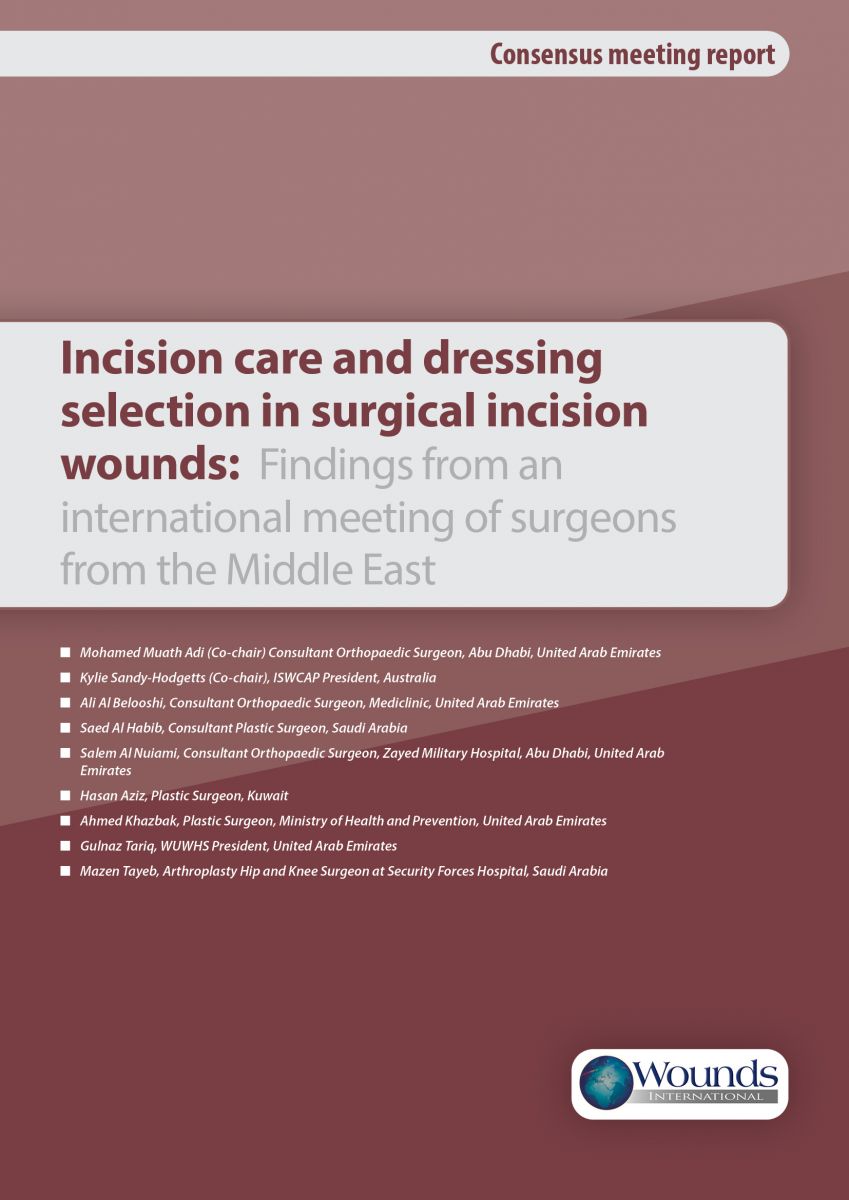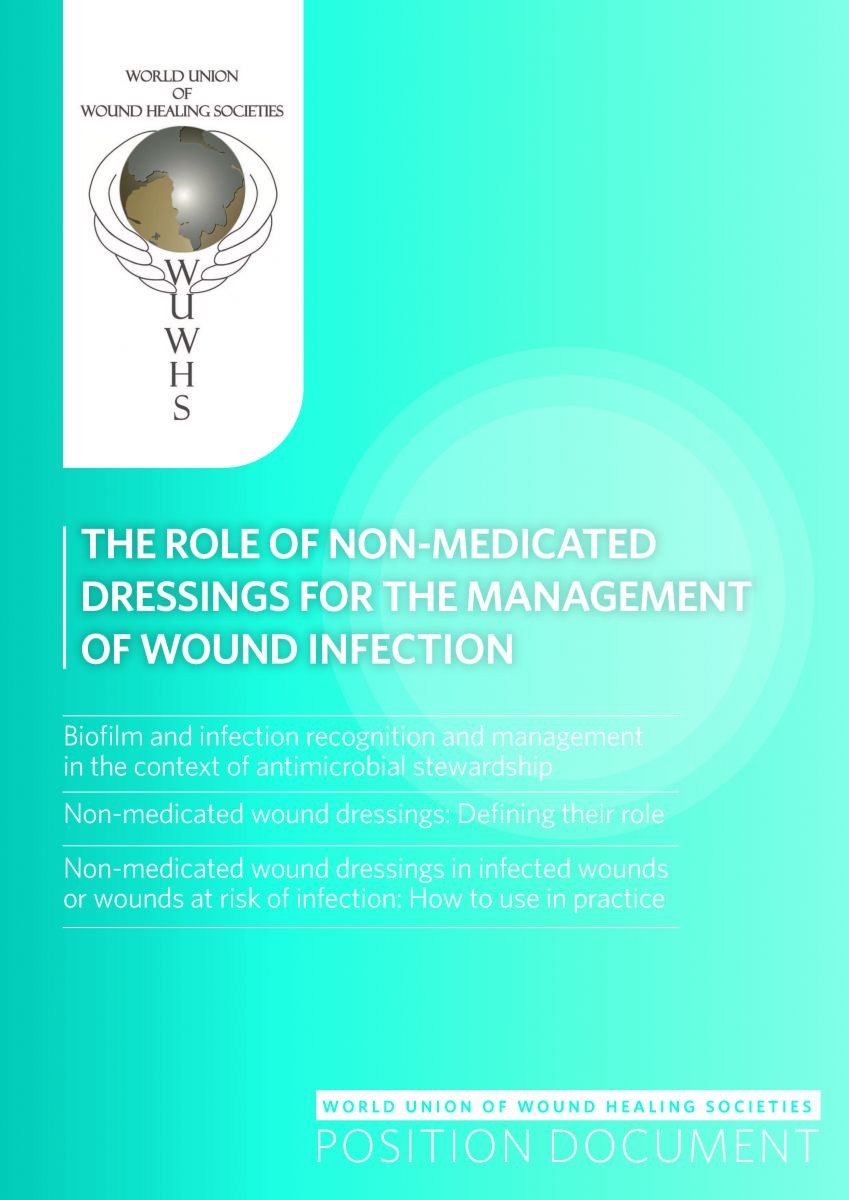<p>Bacterial colonisation and biofilm production with subsequent inflammation and infection is a huge global health problem in wounds especially in diabetes, burn victims, the elderly. In an era of increasing antimicrobial resistance, there are few entirely novel antimicrobial agents in development and antibiotics have limited efficacy in the presence of heavy bacterial bioburden and biofilm. A novel therapy with activity against bacterial load and biofilm is Reactive Oxygen Species (ROS), oxygen radicals, as an antimicrobial mechanism. ROS can be delivered to the site of infection in various formats. ROS is highly antimicrobial against Gram positive and negative bacteria, viruses and fungi. It prevents and breaks down biofilm. These functions make ROS potentially highly suitable for chronic soft tissue inflammation: wounds, ulcers and burns. In addition to its therapeutic role, ROS could play an important part in surgical prophylaxis, infection prevention and antimicrobial stewardship.</p>





